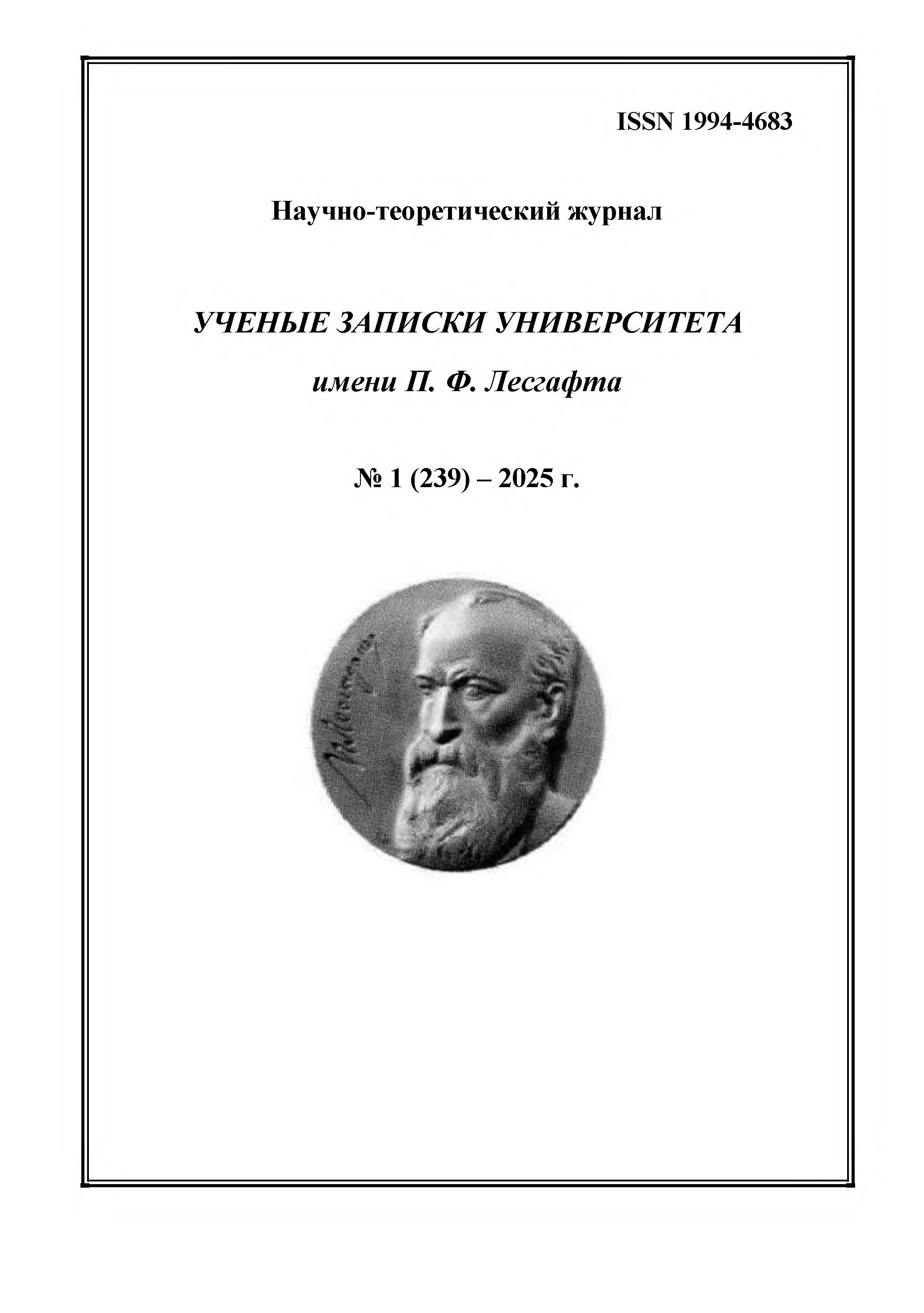graduate student from 01.01.2023 until now
Moscow, Russian Federation
employee from 01.01.2004 to 01.01.2025
Moscow, Russian Federation
CSCSTI 15.21
The purpose of the study is to analyze the interrelationships among levels of motivation, creativity, and intelligence. Research methods and organization. A study was conducted using four psychodiagnostic methods involving students aged 20-21. Research results and conclusions. The obtained results demonstrated the presence of intrinsic motivation toward activity and a predominance of achievement motivation over failure-avoidance motivation. Monetary gain motivation also ranks highly. The interconnected manifestation of intelligence and verbal creativity in the subjects is largely determined by financial motivation, which also serves as a significant predictor of the growth of self-actualization motivation and career advancement. An important factor influencing the verbal creativity of these subjects is also suspiciousness, associated with the increase in aspirations and the discrepancy between self-esteem and ambitions.
intelligence, creativity, motivation, young professionals, self-realization, financial motivation, educational process, personal characteristics, intellectual abilities, professional development
1. Karpov A. V., Skityaeva I. M. (2005), “Psychology of metacognitive processes of personality”, Moscow, Institute of Psychology of the Russian Academy of Sciences, 344 p., ISBN 5-9527-0055-1.
2. Eysenck G. (1995), “Find out your own IQ”, Kostroma, IQ, 235 p.
3. Kuprina M. V. (2004), “Achievement motive in the structure of creative personality”, abstract dis. ... cand. of psychological sciences, Khabarovsk, 24 p.
4. Gatanov Y. B. (1990), “Psychological features of the influence of the style of pedagogical activity on the motivation for learning of students: (based on the material of students in grades 4-8)”, abstract of dis. ... candidate of psychological sciences, 19.00.07, Leningrad, 17 p.
5. Vorobyova E. V. (2006), “Functional-regulatory model of the relationship between intelligence and achievement motivation”, North Caucasian Psychological Bulletin, No. 4, pp. 172–179.
6. Sinelnikova E. S. (2022), “Creative personality and society”, Teoretical and Experimental Psychology, V. 15, No 1, pp. 152–162, doihttps://doi.org/10.24412/2073-0861-2022-1-152-162.
7. Shapiro D. (2000), “Neurotic styles”, Moscow, Institute of General Humanitarian Research, 176 p., (Modern Psychology: Theory and Practice), ISBN 5-699-06943-7.
8. Shumova N. S., Baykovsky Yu. V., Kalancha M. O. (2020), “Personality Traits and Attitudes towards Partners of Female Athletes from the National Synchronized Swimming Team”, Rudikovsky Readings-2020, Proceedings of the XVI All-Russian Scientific and Practical Conference with International Participation, Moscow, pp. 119–125.
9. Guilford Joy Paul (1967), “The nature of human intelligence”, New York, 566 p., (McGraw-Hill ser. in psychology).







